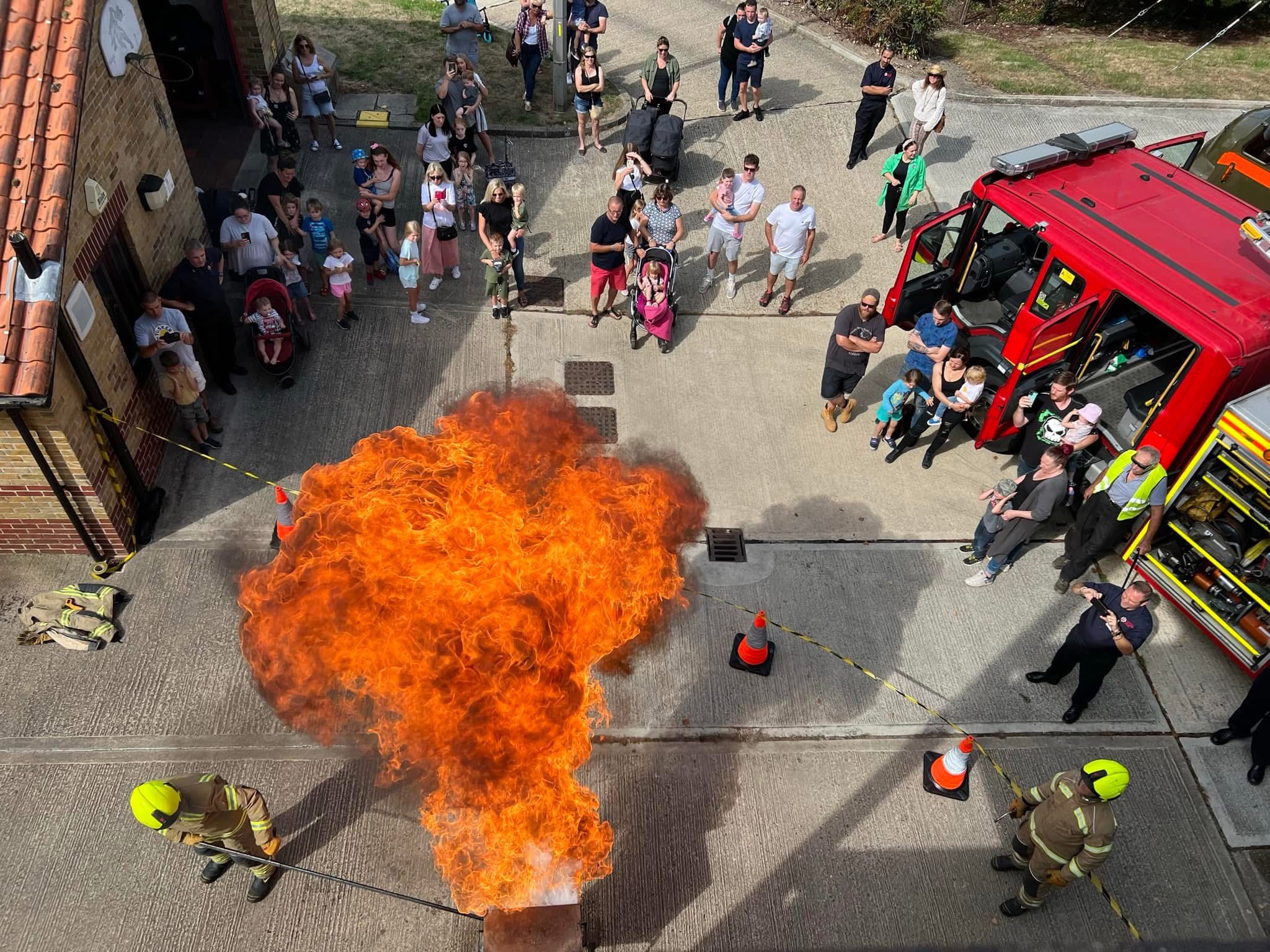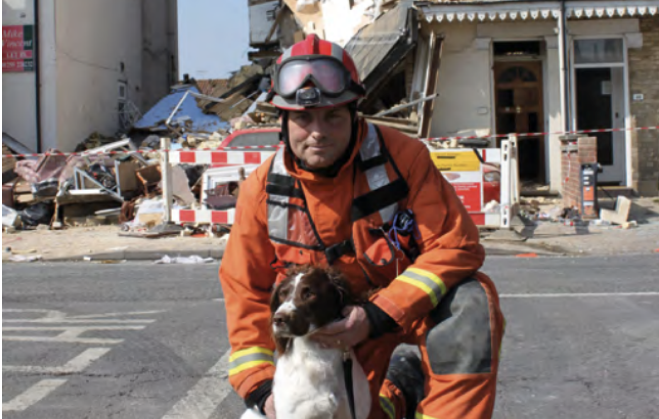Hooked!
Although now just a museum piece, the Hook Ladder was once a vital item of equipment carried on front line fire appliances.
Hook ladders were first introduced into the fire service in England in the early 1900s following a major fire in London when several lives were lost due to the standard fire fighting ladders of the day being unable to reach the upper floors of the building. Before very long almost every fire brigade in the country had adopted them.
The ladders, which measured 13ft 4 ins long, were made with ash strings with ‘piano forte’ wire strengthening and oakrounds. They weighed approximately 28 lbs. At the head of each ladder was a folding steel hook, 2ft 2ins long, which could be locked at 90 degrees to the ladder. On the end of the hook was a ‘bill’ which was 6 inches long. On the underside of the hook were serrated teeth. The hook was attached to the head of the ladder via a ‘shroud onto which a strong steel ring was fitted. Near the bottom or ‘heal ‘of the ladder were ‘toe pieces’ designed to allow the firefighter’s boots to project sufficiently through the ladder.
Hook ladders could be used to climb up a building, from floor to floor, without needing to be supported on the ground. This then allowed fire-fighters to climb above the maximum height of the conventional ground ladders. They were used from the top of wheeled escapes, extension ladders and even turntable ladders. The hook part of the ladder was smashed through a convenient window (there was no ‘double glazing’ or toughened glass in those days!) and then pulled downwards to dig into and rest on the window sill. The fireman would then climb up the ladder to the window and clear away the remaining glass. He would then sit astride the window sill, lift the ladder off the sill and push it up to the next window on the floor above. In this
manner firemen could ascend the building floor by floor until they reached the person waiting to be rescued. If two firemen were working together, two hook ladders could be used. The first member of the crew, wearing a thick webbing and leather belt, on which was fixed a large snap hook, would climb to the top of the first ladder and hook himself onto the ring at the top of the ladder. The second crew member would then pass another hook ladder up to first member and it would be pushed up to the next floor and hooked into the window. Using this method the crew could climb up to which ever floor they required. One of the crew would normally carry a long rescue line in a pack on their back. This would then be used to lower the rescued person to the ground.
Although only used in exceptional circumstances on the fire ground, hook ladders were an important part of a fireman’s drill routine and were regularly climbed by all personnel on fire stations. Fire station drill towers had thick timber sills in their window openings which
protected them from frequent damage by the ‘teeth’ under the ladder’s hook.
Hook ladders were considered to be the toughest part of a fireman’s training. A recruit could not ‘pass out’ from the training school unless he had successfully completed hook ladder training. The drill for climbing hook ladders had to be strictly adhered to as any deviation from the set procedure could and occasionally did, have serious if not fatal consequences.
The ladders were withdrawn by most fire brigades in the 1970s, although the London Fire Brigade continued to keep them in service until the mid 1980s and many rescues were carried out using them in those final years.
In these modern times of ‘Health and Safety’, it is extremely difficult to see how the Hook Ladder could have continued in service.
You can still see Hook Ladders at the Essex Fire Museum, where we have several examples.
By Murray Beale | June 2018


